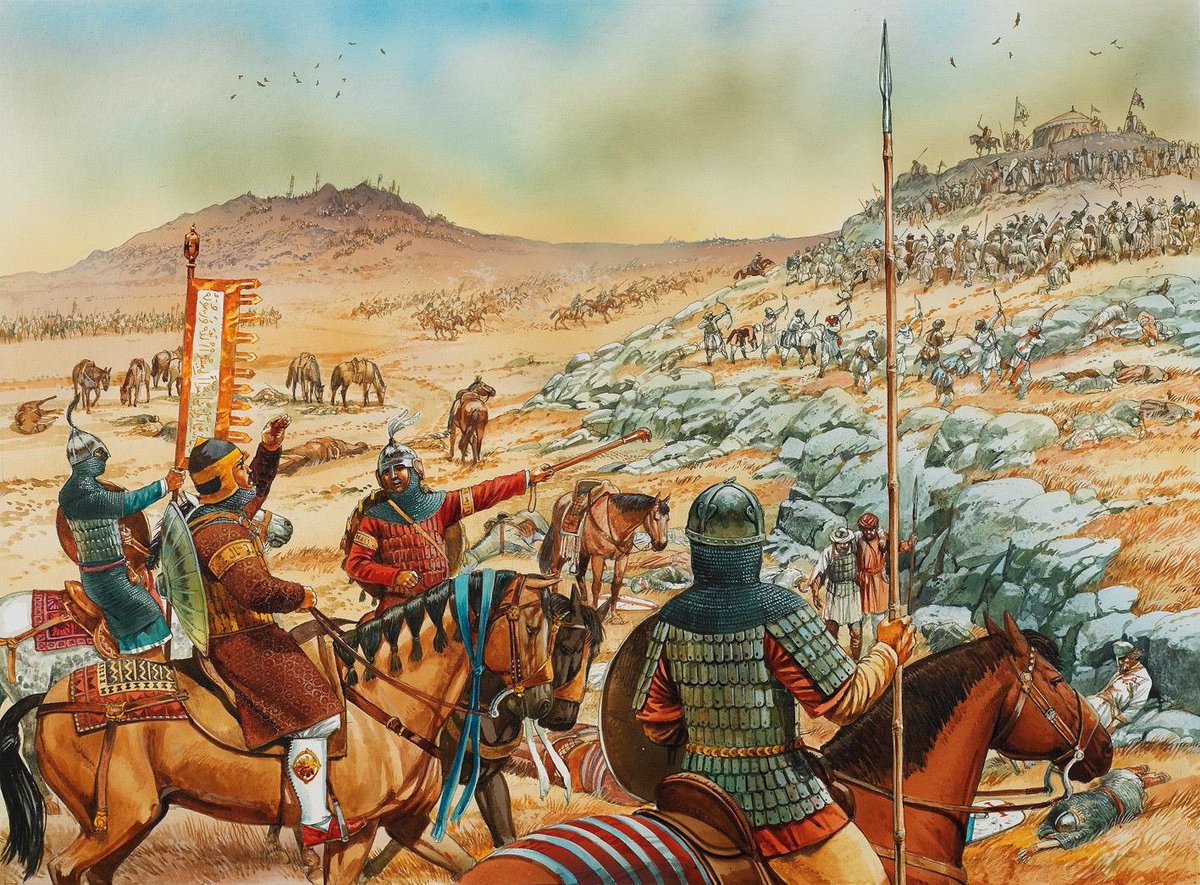Most of the adventures in the Arabian Nights take place around the Indian Ocean, stories with Persian or Indian origins. But at least one of them comes from Byzantine tales of the exotic. Thread. https://t.co/32qnrzdCOK https://t.co/KeoZXWzYnftwitter.com/i/web/status/1…

https://twitter.com/byzantinemporia/status/1675606118905544705

In the 4th century, an Egyptian Greek visited the island of Taprobane (usually identified as Sri Lanka, based on Ptolemy’s description). He reported that magnetic rocks on the island prevented ships made with iron nails from departing. https://t.co/WsdwqjNOsAtwitter.com/i/web/status/1…


This story was embellished over the ages. In the 6thcentury, Procopius related a legend circulating in his time that the entire Indian Ocean was filled with magnetic rocks that shipwrecked vessels with iron—this was said to explain why shipwrights there did not use nails. 

Indian Ocean ships did not in fact use nails until much later. Instead, planks were stitched together with palm fiber.
Marco Polo thought this was because of the hardness of the wood—the preferred teak is indeed very hard, but is not impossible to nail.
https://t.co/HU4TffFv1C


Marco Polo thought this was because of the hardness of the wood—the preferred teak is indeed very hard, but is not impossible to nail.
https://t.co/HU4TffFv1C
https://twitter.com/byzantinemporia/status/1675607152017256448


There are several other possible explanations for this: the scarcity of iron in the Indian Ocean (as Procopius believed), the abundance of palm fiber, or to make the hull more flexible when they get beached on the many coral reefs and sandbars.
https://t.co/KUFwfh5sZS

https://t.co/KUFwfh5sZS
https://twitter.com/byzantinemporia/status/1675607267377291264

The legend got embellished even more by the time it made it into the Thousand and One Nights. In the Third Qalandar’s Tale, one of the oldest in the collection, a ship is blown by a storm toward the Magnet Mountain, causing the nails to fly out and the ship to sink. https://t.co/BRp18pBE00twitter.com/i/web/status/1…


There may also be a faint echo in Sindbad’s sixth voyage: when he is shipwrecked on Serendib (i.e. Sri Lanka, or Taprobane), his ship is dashed against a cliff where many other merchant vessels have been wrecked.
https://twitter.com/byzantinemporia/status/1675607657770614789
It seems strange that characters from Harun al-Rashid’s Baghdad were sailing around in iron-nailed ships in the first place. But the oldest manuscripts of the Nights are Egyptian and Syrian—Mediterranean people like the Byzantines, telling tales of the exotic far-off East. https://t.co/EGGvmGADWttwitter.com/i/web/status/1…


• • •
Missing some Tweet in this thread? You can try to
force a refresh

 Read on Twitter
Read on Twitter





















